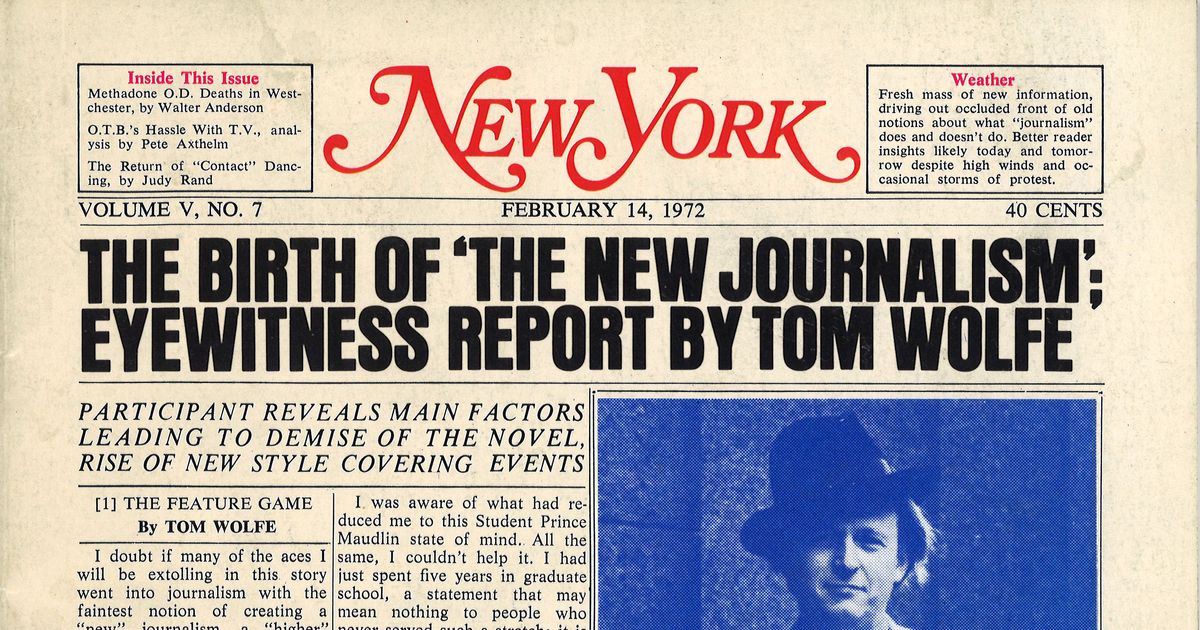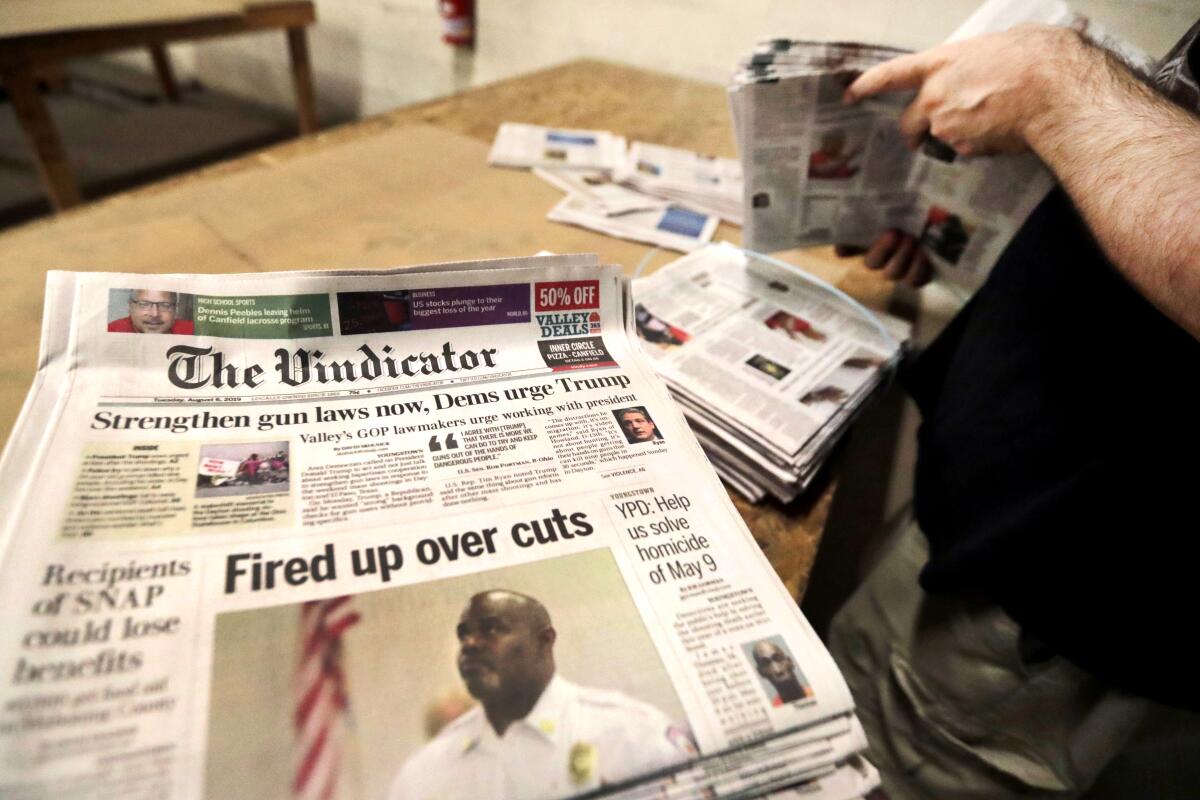Some Known Questions About News Articles.
Table of ContentsThe 8-Second Trick For News ArticlesNews Articles for DummiesThe Only Guide to News ArticlesNews Articles - The FactsThe Only Guide for News Articles
Good understanding of various topics offers students an one-upmanship over their peers. Also though digital and social media are readily accessible, we ought to not fail to remember how important it is to review the papers. Moms and dads need to try and inculcate the behavior of reviewing a paper as a day-to-day routine to continue the legacy of the adored print medium.Newspaper article additionally have at the very least among the adhering to important attributes loved one to the desired target market: distance, prestige, timeliness, human interest, quirk, or consequence. The relevant term journalese is occasionally used, typically pejoratively, to describe news-style writing. An additional is headlinese. Newspapers typically comply with an expository writing design.
Within these limits, information tales additionally intend to be comprehensive. Nevertheless, various other elements are included, some stylistic and some acquired from the media form. Amongst the bigger and much more highly regarded papers, justness and equilibrium is a major factor in providing information. Discourse is generally confined to a separate section, though each paper may have a different general slant.
Newspapers with an international target market, for instance, have a tendency to utilize a much more official style of composing. The certain choices made by an information electrical outlet's editor or editorial board are commonly accumulated in a style guide; typical design overviews consist of the and the United States Information Style Publication. The major goals of information writing can be summed up by the ABCs of journalism: precision, brevity, and quality.
A Biased View of News Articles
Generally, reporters will not utilize a lengthy word when a brief one will do. They utilize subject-verb-object building and construction and vibrant, active prose (see Grammar). They use anecdotes, examples and allegories, and they rarely depend upon generalizations or abstract concepts. Information authors attempt to stay clear of utilizing the same word greater than once in a paragraph (in some cases called an "echo" or "word mirror").
Headings in some cases omit the topic (e.g., "Jumps From Watercraft, Catches in Wheel") or verb (e.g., "Pet cat female lucky"). A subhead (additionally subhed, sub-headline, subheading, caption, deck or dek) can be either a secondary title under the major heading, or the heading of a subsection of the write-up. It is a heading that precedes the main text, or a group of paragraphs of the main text.

Extra billboards of any of these types might show up later in the short article (especially on succeeding web pages) to attract additional reading. Such signboards are also made use of as pointers to the post in other sections of the magazine or site, or as promotions for the piece in other magazine or sites. Normal structure with title, lead paragraph (summary in strong), various other paragraphs (details) over at this website and call info.

Instance of a hard-lead paragraph NASA is proposing one more room task. The agency's budget plan demand, announced today, consisted of a strategy to send another mission to the Moon. This time around the agency wants to establish a lasting center as a jumping-off place for other room adventures. The budget demands approximately $10 billion for the project.
An "off-lead" is the second most vital front page information of the day. To "bury the lead" is to start the article with history details or details of second value to the viewers, requiring them to review more deeply right into an article than they ought to have to in order to uncover the important factors.
What Does News Articles Mean?
Usual use is that one or 2 sentences each form their own paragraph. Journalists normally define the company or framework of a newspaper article as an inverted pyramid. The vital and most intriguing components of a tale are placed at the start, with sustaining details following in order of diminishing significance.
It allows people to explore a topic to only the depth that their curiosity takes them, and without the imposition of details or subtleties that they can take into consideration irrelevant, yet still making that details readily available to extra interested viewers. The upside down pyramid framework likewise allows posts to be trimmed to any arbitrary size throughout design, to fit in the space available.
Some writers begin their stories with the "1-2-3 lead", yet there are many kinds of lead readily available. A kicker can refer to numerous things: The last story in the information broadcast; a "happy" tale to end the program.
Longer posts, such as magazine cover write-ups and the items that lead the inside areas of a newspaper, are recognized as. Function tales differ from straight information in a number of ways. Foremost is the lack of a straight-news lead, a lot of the moment. Rather than supplying the essence of a tale up front, attribute writers might attempt to tempt visitors in.
What Does News Articles Do?
A function's very first paragraphs commonly Read Full Report connect a fascinating minute or occasion, as in an "unscientific lead". From the details of an individual or episode, its sight swiftly expands to abstract principles regarding the tale's subject.

The Editor's Toolbox: A Reference Overview for Beginners and Professionals (2001) Allan M. Siegal and William G. Connolly. The New York Times Handbook of Design and Usage: The Official Design Guide Made Use Of by the Writers and Editors of the internet World's The majority of Reliable Paper (2002) M. L. Stein, Susan Paterno, and R.